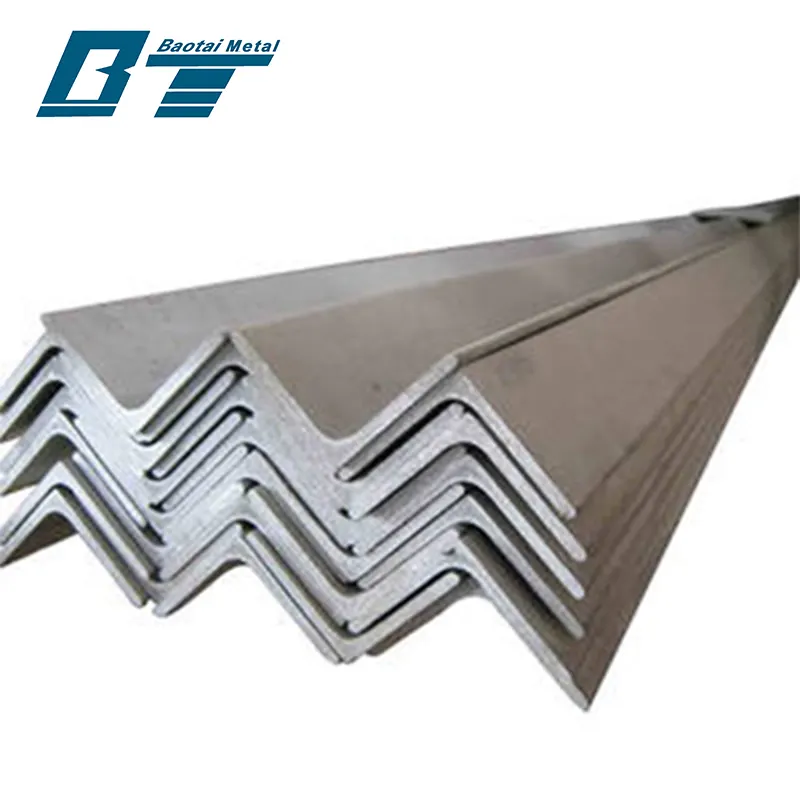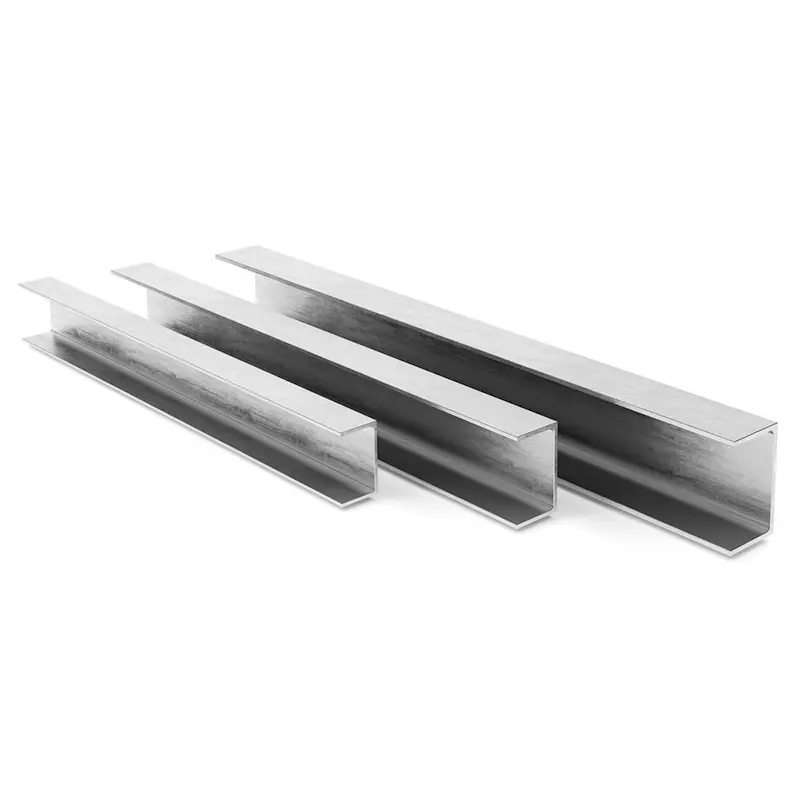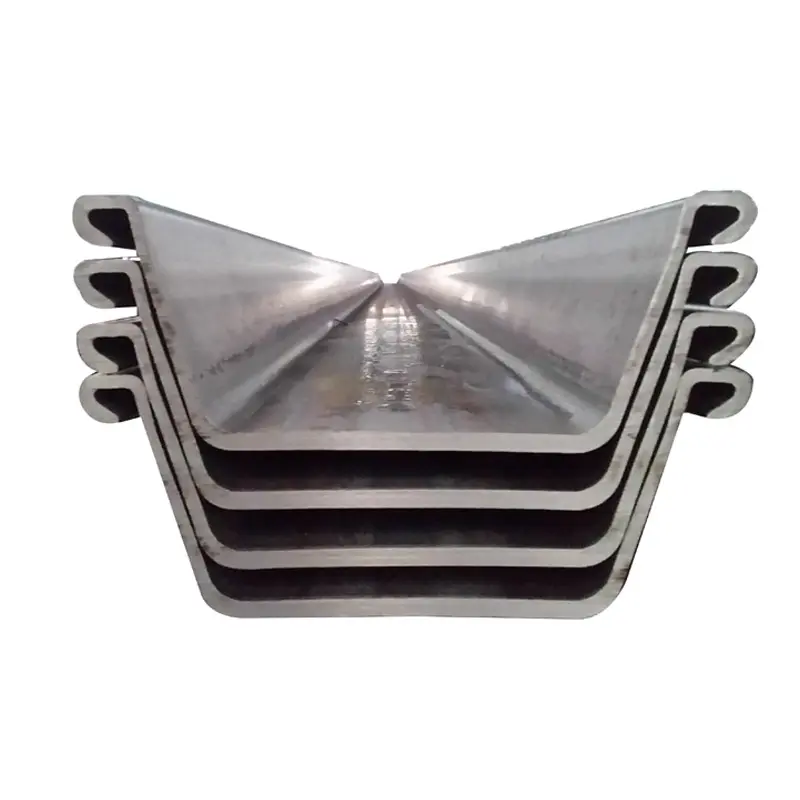Ნახშირბადის ფოლადის კუთხის ღერო ყველაზე გავრცელებული ვარიანტია, რომელიც ძალის, ხელმისაწვდომობის და დამუშავებადობის კომბინაციით არის შესანიშნავი. მისი მთავარი კომპონენტი რკინაა 0,12–0,29% ნახშირბადით (დაბალი ნახშირბადის) ან 0,30–0,60% ნახშირბადით (საშუალო ნახშირბადის), რომლებიც აჩვენებენ დაჭიმულობის სიმაგრეს 400-დან 700 მპა-მდე დამოკიდებულებით სითბოს დამუშავებაზე. დაბალი ნახშირბადის ჯიშები (ASTM A36, EN S235) უფრო ხშირად გამოიყენება საზოგადო სამშენებლო სამუშაოებში მათი შესანიშნავი შედუღებადობის და ფორმირებადობის გამო, ხოლო საშუალო ნახშირბადის ჯიშები (ASTM A108) უფრო მაღალ სიმაგრეს გვთავაზობს გამოყენებისთვის შესაბამის აპლიკაციებში, როგორიცაა მანქანების მარშრუტები. წარმოების დროს აღმართული პროცესი აღმატებულია, თუმცა გაცივებული ვარიანტები ზუსტი დოზირების შესაძლებლობას იძლევა ზუსტი კომპონენტებისთვის. ზედაპირის დასაცავად გამოიყენება ცინკის დალუჟვა (80–275 გ/მ² ცინკის საფარი), ელექტროლიტური დალუჟვა, ან ფხვნილოვანი საფარი, ხოლო დაულუჟავ ღეროები შესაფერისია შიდა სივრცეების შესაფერად. ნახშირბადის ფოლადის კუთხის ღეროები ავტომანქანების ჩარჩოებში, სოფლის მეურნეობის მანქანებში და საწყობის სისტემებში გამოიყენება, სადაც მათი L ფორმა საშუალებას იძლევა მარტივად გადაიტანონ ტვირთი. დამუშავების დროს უნდა გაითვალისწინოთ შედუღების ელექტროდების შესაბამისობა ნახშირბადის შემცველობასთან (მაგ., E6013 დაბალი ნახშირბადისთვის, E7018 საშუალო ნახშირბადისთვის) და გამოიყენოთ ანტისპატარების ნაერთები ზედაპირის ხარისხის შესანარჩუნებლად. რეციკლინგის ინიციატივების გაზრდით ნახშირბადის ფოლადის კუთხის ღეროები ნაკლები შემდგომი მინარევებით მოხსნილი ფოლადიდან იძლევა პერსპექტივას, რადგან ისინი უზრუნველყოფენ მაღალ ხარისხს გარემოს დაცვის მოთხოვნებთან ერთად.


